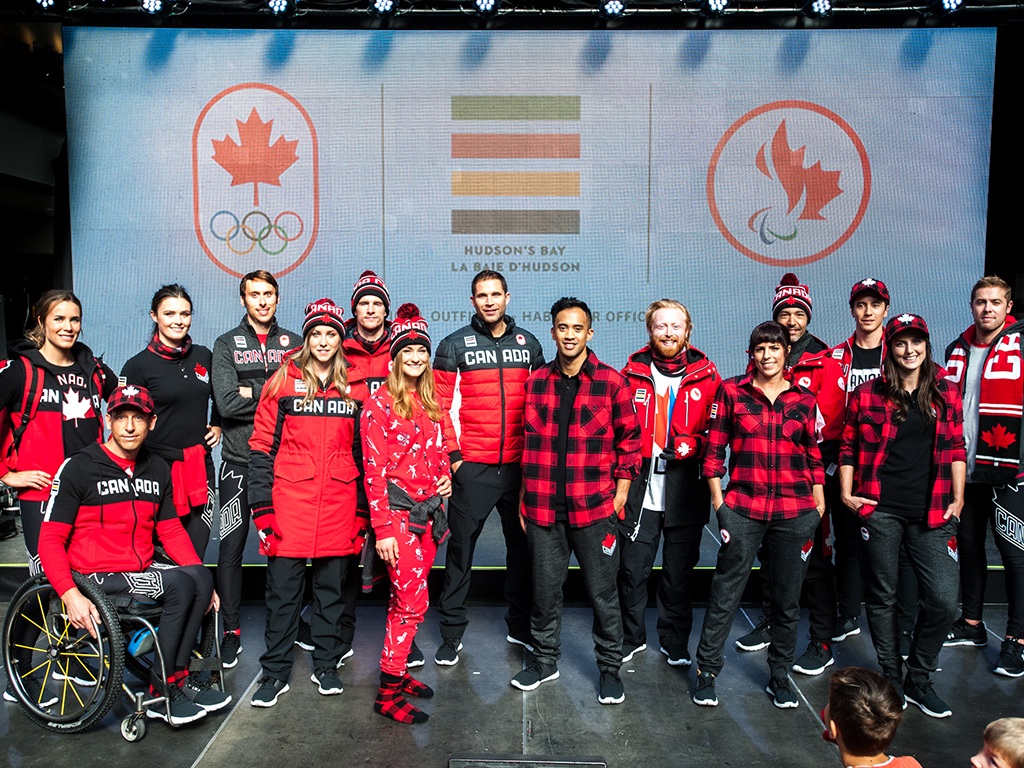It could be the coldest Olympics in almost 30 years.

Organizers for the Pyeongchang Winter Olympics are scrambling to come up with measures to fight the cold, which they think could bring temperatures as low as -11 C during the opening ceremony.
“This is a very serious issue,” said Shim Ki Joon, a ruling party lawmaker, who sits on a parliamentary special committee set up to support the Games.
“This is creating a headache to not only the organizers but the presidential office, which sent officials to the venue to figure out ways to fight the cold.”
The problem is the main stadium doesn’t have a roof, leaving an estimated 35,000 chilly spectators exposed to the elements during the opening ceremony in February. According to an internal document seen by Reuters, the organizing committee thinks the temperature with wind chill could make it feel like -14 C, the coldest in decades. The average temperature in the area is about -6 C in February.
For reference, Environment Canada says the average temperature in Ottawa in February is -8 C. In Edmonton, it’s -10 C. In Winnipeg and Saskatoon, it’s -13 C. Without wind chill.
Suffice it to say, Canada isn’t worried. “The health and safety of our athletes is very important,” said Canadian Olympic Committee spokesperson Photi Sotiropoulos in an emailed statement. “We cannot speculate on future weather conditions but are confident that Hudson’s Bay, the official outfitter of Team Canada, will be providing our athletes with a collection of warm clothes, toques and mittens to wear during the Opening Ceremony.”
The Canadian team’s Olympic outfits feature lots of flannel, fleece, puffy jackets and of course, toques, so they should be well-insulated during the parade. Sotiropoulos also noted in his statement, in great detail, that the items are available for purchase online.
South Korea, which built Pyeongchang’s $58-million stadium without a roof to save time and money, plans a range of measures at the opening and closing ceremonies to prevent people suffering hypothermia — from distributing hot packs and blankets to speeding up security checks, the internal document shows.
Organizers also plan to use audience participation during pre-ceremony entertainment to help keep spectators warm, the document says without giving details.
After six people reported hypothermia last month during a pop concert at the stadium, organizers are also considering installing more large windshields around the building, a sports ministry official said.
Some 160 VIPs will be offered thicker and bigger blankets than those given to other spectators, a committee official said.
Windscreens and fake doves
The opening and closing ceremonies will both take place in the evening, on Feb. 9 and Feb. 25 respectively. Spectators will stay outdoors for four to five hours on each occasion.
In Lillehammer in 1994, the ceremonies were held outdoors and organizers scrapped the tradition of releasing doves, a symbol of peace, because they worried the birds might suffer. Instead, the Norwegians released white dove-shaped balloons.
But the last two Winter Olympics, in Sochi and Vancouver, had the opposite problem: people were worried that the venues were too warm, and wouldn’t have enough snow for the events.
The International Olympic Committee discussed Pyeongchang’s cold weather at its executive board meeting this week, Olympic Games executive director Christophe Dubi told a news conference.
“It is not something we have not encountered in the past,” Dubi said on Wednesday, citing Lillehammer as well as the Salt Lake City Games in 2002.
“(Organizers) have installed windscreens and (provided) blankets and there will be plenty of information. In the last K-pop concert people were not well informed of how cold it could get.”
The cold weather is at least a manageable problem for the organizers. Its other headaches are less so.
Political tensions with North Korea and China have chilled foreign interest in the Pyeongchang Games, which open just 80 kilometres from the world’s most heavily fortified border.
As of Dec. 5, ticket sales totalled 578,000, or 54 percent of target, though an organizer said that was similar to sales at a similar point ahead of the Sochi Games in Russia in 2014.
The International Olympic Committee has also banned Russia, which finished top of the medals table at Sochi, from Pyeongchang, citing evidence of state-sponsored, systematic cheating of doping controls.
Pyeongchang organizers had urged South Korea to equip the stadium with a roof and heating, but this was rejected due to costs and concerns over whether the structure would support a roof. The temporary arena is to be dismantled after the Games.
The culture and finance ministries, both involved in approving construction costs, did not respond to requests for comment.
“The cold could ruin the entire opening party. The fate of the event is down to the mother nature,” said ruling party lawmaker Yeom Dong Yeol, who was born and raised in the town, to the Pyeongchang parliamentary committee.
-With files from Reuters




Comments